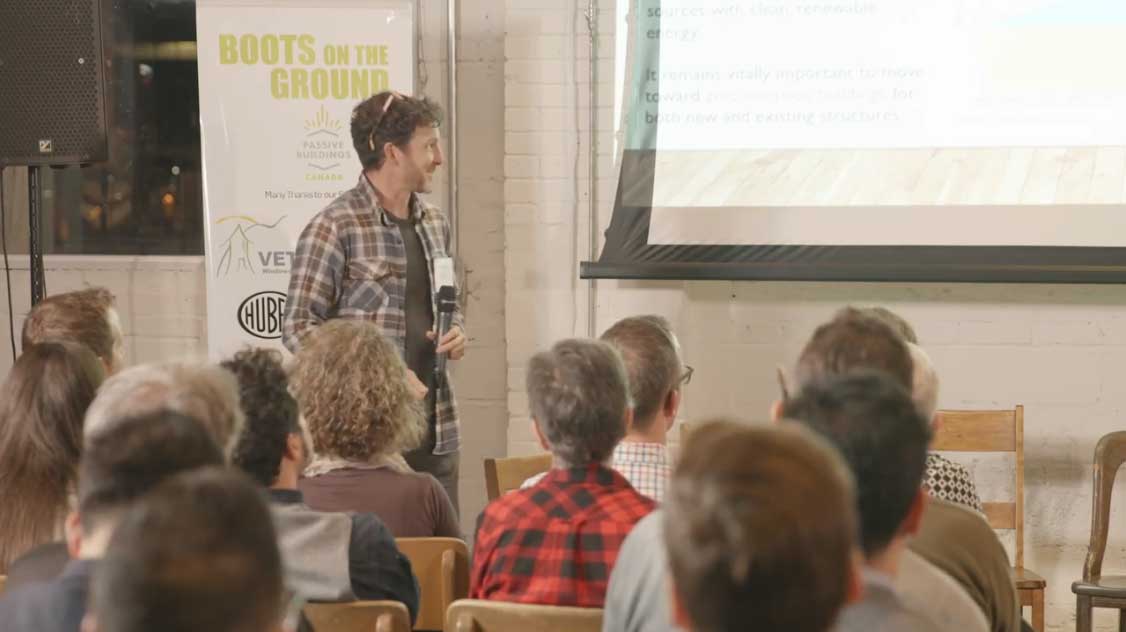About a month ago I attended the Passive House Conference in Vancouver where Chris Magwood from the Endeavor Centre presented his research on the impact of materials choice in the building of a Passive House (or any other super insulated building).
The extra materials needed for super-insulated buildings, if not carbon sequestering, could inadvertently set back the carbon footprint of a building so much that the saved energy in heating would not make up for the energy used in creating the building for over a 100 years!
He points out that a Passive House insulated with foam has an embodied carbon footprint of 75%-95% right at the start, compared to the heating energy over a period of 32 years. A naturally build, carbon sequestering building in contrary, starts off with a negative carbon footprint of -50% to -99% (depending on the heat source).
Here you can see the same presentation at Passive Buildings Canada. So glad it was recorded so more people can see and learn! Prepare to be wowed 🙂
Source: Building for climate drawdown • Endeavour Sustainable Building School


